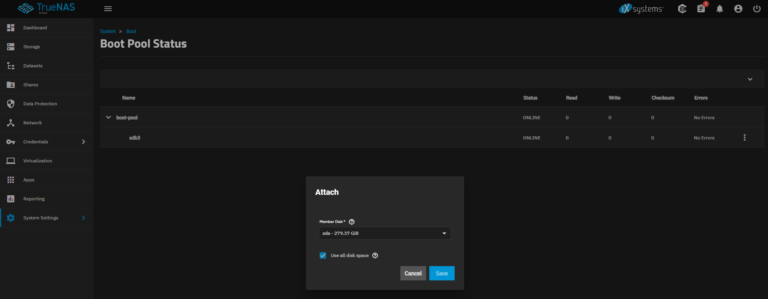Open Shortest Path First (OSPF) is a link-state routing protocol for Internet Protocol (IP) networks. It uses a link state routing algorithm and falls into the group of interior routing protocols, operating within a single autonomous system (AS). It is defined as OSPF Version 2 in RFC 2328 (1998) for IPv4.[1] The updates for IPv6 are specified as OSPF Version 3 in RFC 5340(2008).[2] OSPF is perhaps the most widely used interior gateway protocol (IGP) in large enterprise networks. IS-IS, another link-state dynamic routing protocol, is more common in large service provider networks. The most widely used exterior gateway protocol is the Border Gateway Protocol (BGP), the principal routing protocol between autonomous systems on the Internet.
Hot Standby Router Protocol (HSRP) is a Cisco proprietary redundancy protocol for establishing a fault-tolerant default gateway, and has been described in detail in RFC 2281.The protocol establishes a framework between network routers in order to achieve default gateway failover if the primary gateway becomes inaccessible,[1] in close association with a rapid-converging routing protocol like EIGRP or OSPF. By multicasting packets, HSRP sends its hello messages to the multicast address 224.0.0.2 (all routers) for version 1, or 224.0.0.102 for version 2,[2] using UDP port 1985, to other HSRP-enabled routers, defining priority between the routers. The primary router with the highest configured priority will act as a virtual router with a pre-defined gateway IP address and will respond to the ARP request from machines connected to the LAN with the MAC address 0000.0c07.acXX where XX is the group ID in hex. If the primary router should fail, the router with the next-highest priority would take over the gateway IP address and answer ARP requests with the same mac address, thus achieving transparent default gateway fail-over. AHSRP Basics Simulation visualizes Active/Standby election and link failover with Hello, Coup, ARP Reply packets and timers.
The Virtual Router Redundancy Protocol (VRRP) is a computer networking protocol that provides for automatic assignment of available Internet Protocol (IP) routers to participating hosts. This increases the availability and reliability of routing paths via automatic default gateway selections on an IP subnetwork.
The protocol achieves this by creation of virtual routers, which are an abstract representation of multiple routers, i.e. master and backup routers, acting as a group. The default gateway of a participating host is assigned to the virtual router instead of a physical router. If the physical router that is routing packets on behalf of the virtual router fails, another physical router is selected to automatically replace it. The physical router that is forwarding packets at any given time is called the master router. VRRP provides information on the state of a router, not the routes processed and exchanged by that router. Each VRRP instance is limited, in scope, to a single subnet. It does not advertise IProutes beyond that subnet or affect the routing table in any way.


